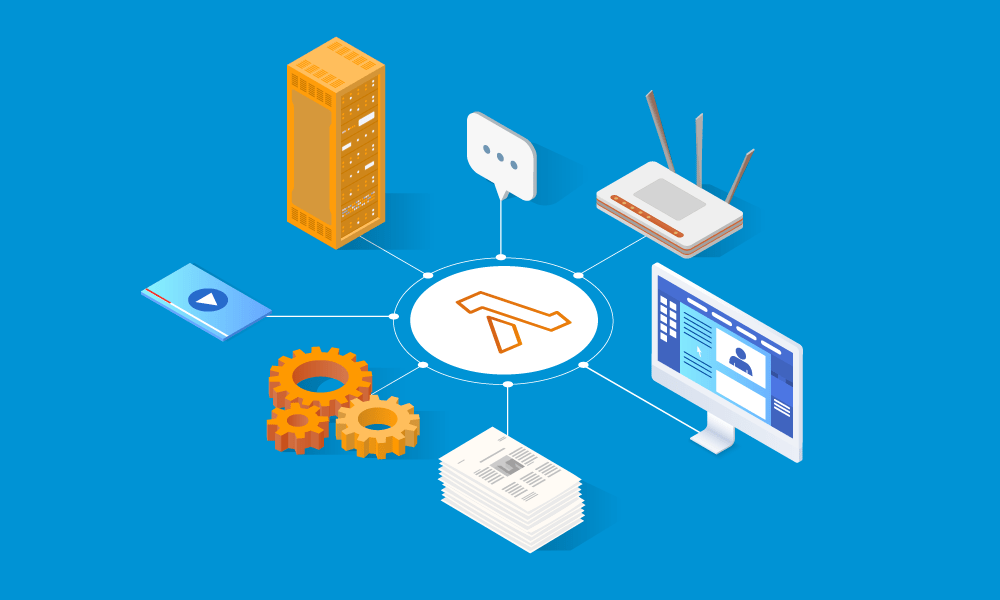In the world of software development, managing infrastructure has always felt like maintaining a complex orchestra — every instrument must play in harmony for the music to make sense. Yet, even the best orchestras struggle with setup, tuning, and coordination. Serverless computing arrives like a self-playing symphony, where the developer is the composer, focusing solely on the melody—the code—while the platform handles the rest. This is where the modern cloud narrative begins: coding without the burden of managing servers.
The Shift from Hardware to Harmony
For decades, deploying applications meant provisioning machines, installing operating systems, setting up networks, and ensuring uptime. Then came virtualisation, followed by containers, which brought flexibility and speed. But serverless took the next bold step — eliminating the need to even think about servers. Developers write functions that respond to events, such as an HTTP request, a file upload, or a database trigger. The platform handles everything — from scaling to execution and resource allocation.
It’s a bit like walking into a restaurant where you no longer need to cook your own meal or wash the dishes. You order what you need, and it’s served instantly. The focus shifts from managing the kitchen to creating the perfect recipe. That’s the kind of shift serverless introduces for developers transitioning through a Full Stack Development course, where learning isn’t just about code, but also about efficiency.
How Serverless Functions Work: The Invisible Engine
Imagine a mechanic who doesn’t own a garage but can instantly access one whenever needed — complete with all the right tools, equipment, and staff. That’s what serverless functions do for developers. Platforms like AWS Lambda, Azure Functions, and Google Cloud Functions provide ephemeral compute environments that exist only when triggered. The moment an event occurs, a function wakes up, executes its logic, and disappears, leaving behind no idle cost or clutter.
These environments automatically scale — whether handling one request or a million — without manual configuration. It’s a seamless orchestration where performance meets simplicity. Developers no longer have to fret about load balancers, clusters, or idle virtual machines. The invisible engine of serverless ensures the code runs fast, securely, and only when necessary.
Benefits: Agility, Cost, and Focus
The beauty of serverless lies in its philosophy: “Pay for what you use, not what you manage.” It eliminates the financial and operational overhead of maintaining servers that sit idle for most of the day. For startups, it means scalability without upfront costs. For enterprises, it means agility without compromise.
Serverless encourages modular thinking. Instead of building monolithic applications, developers create small, purpose-driven functions that interact seamlessly with each other. This modularity enhances reusability and improves resilience — if one function fails, others continue to operate independently. It’s like a relay race where each runner focuses on their part of the journey without worrying about the rest.
This mindset shift, from infrastructure to function, forms a key principle in any Full Stack Development course, where developers learn to build not just applications but entire ecosystems that can evolve, adapt, and scale effortlessly.
Challenges Behind the Simplicity
Of course, no technology is without its trade-offs. Serverless computing introduces its own complexities, subtly hidden behind its seamless interface. One major challenge is the “cold start” — the slight delay that occurs when a function runs after being inactive. While often negligible, it can affect time-sensitive applications.
Debugging and monitoring are also trickier, as the transient nature of serverless instances limits visibility. Developers must rely on logs and tracing tools to understand performance issues. Furthermore, dependency management and integration with other services can sometimes resemble assembling a jigsaw puzzle with pieces that shift in real time.
Vendor lock-in remains another concern. Once a function is tailored to a particular cloud provider’s ecosystem, migrating it to another platform may require significant rewriting. Hence, developers must strike a balance between convenience and long-term flexibility when architecting their systems.
Real-World Use Cases: From Startups to Enterprises
Serverless computing thrives wherever responsiveness and scalability are critical. Consider an e-commerce site handling sudden traffic spikes during festive sales. Instead of over-provisioning servers, serverless functions scale automatically as orders flow in. Similarly, IoT systems utilise event-driven architecture to process sensor data in real-time without requiring constant infrastructure monitoring.
In the media industry, companies use serverless pipelines to process videos, transcode files, or generate thumbnails on demand. Fintech applications rely on it for secure transaction processing, while healthcare startups employ it to process medical data swiftly and securely. The beauty of serverless lies in its versatility — it’s equally powerful for a solo developer building a side project or a global enterprise optimising workflows.
The Future of Development: Invisible Infrastructure, Visible Innovation
As the serverless model matures, we’re witnessing a convergence of AI, automation, and cloud-native principles. Developers will increasingly build systems that deploy themselves, heal themselves, and adapt dynamically to user demand. Infrastructure will fade further into the background, allowing creativity to take centre stage.
Future frameworks will blend serverless computing with edge computing — bringing execution closer to the user for ultra-low latency. Developers will compose entire applications as interconnected functions, reducing complexity while improving maintainability. What once required teams of engineers managing physical servers will soon be achieved with lines of elegant, cloud-native code.
Conclusion: Coding in a World Without Walls
Serverless computing represents more than just a technological advancement; it’s a mindset shift. It teaches developers to relinquish control where it isn’t needed and to focus on what truly matters — solving problems and delivering value. Like an artist free from the burden of setting up a studio, the modern developer can now focus purely on creation.
As more learners embark on their journey through a Full Stack Development course, understanding serverless architecture isn’t optional — it’s essential. The future belongs to those who can code without boundaries, innovate without constraints, and build without walls. Serverless is not just about removing servers — it’s about freeing imagination.

